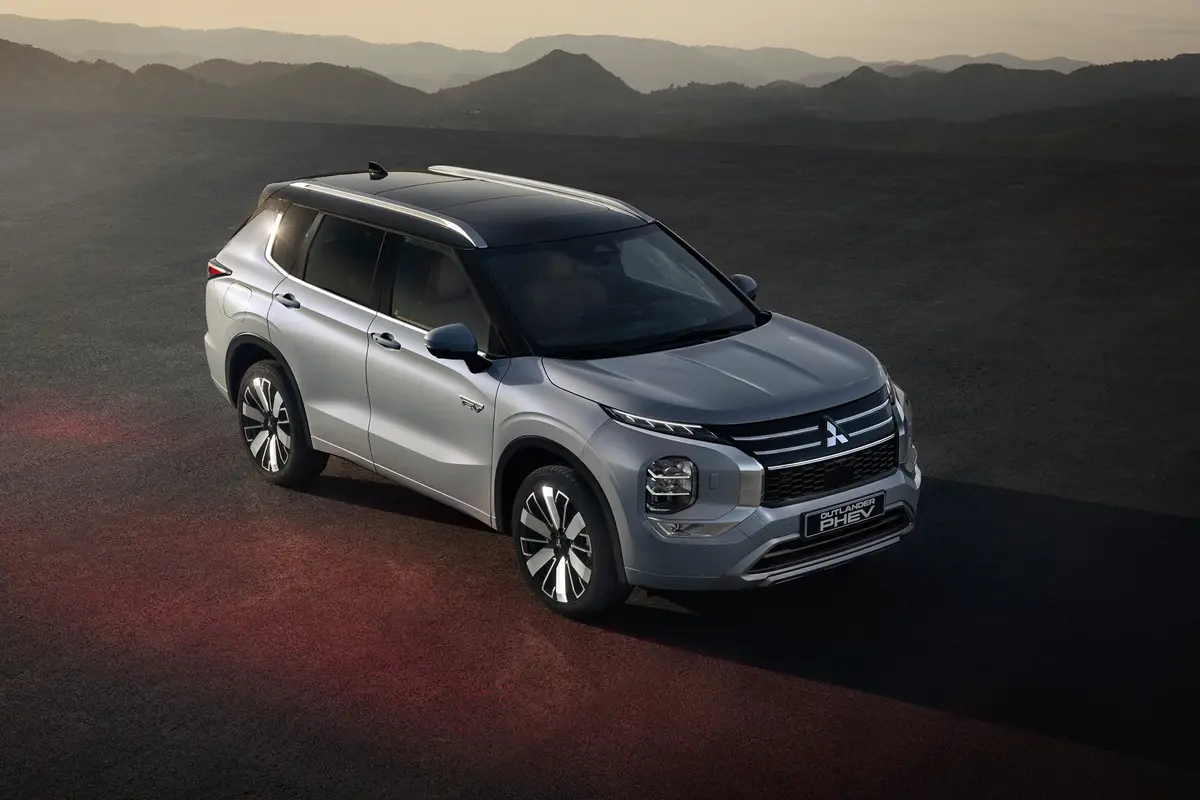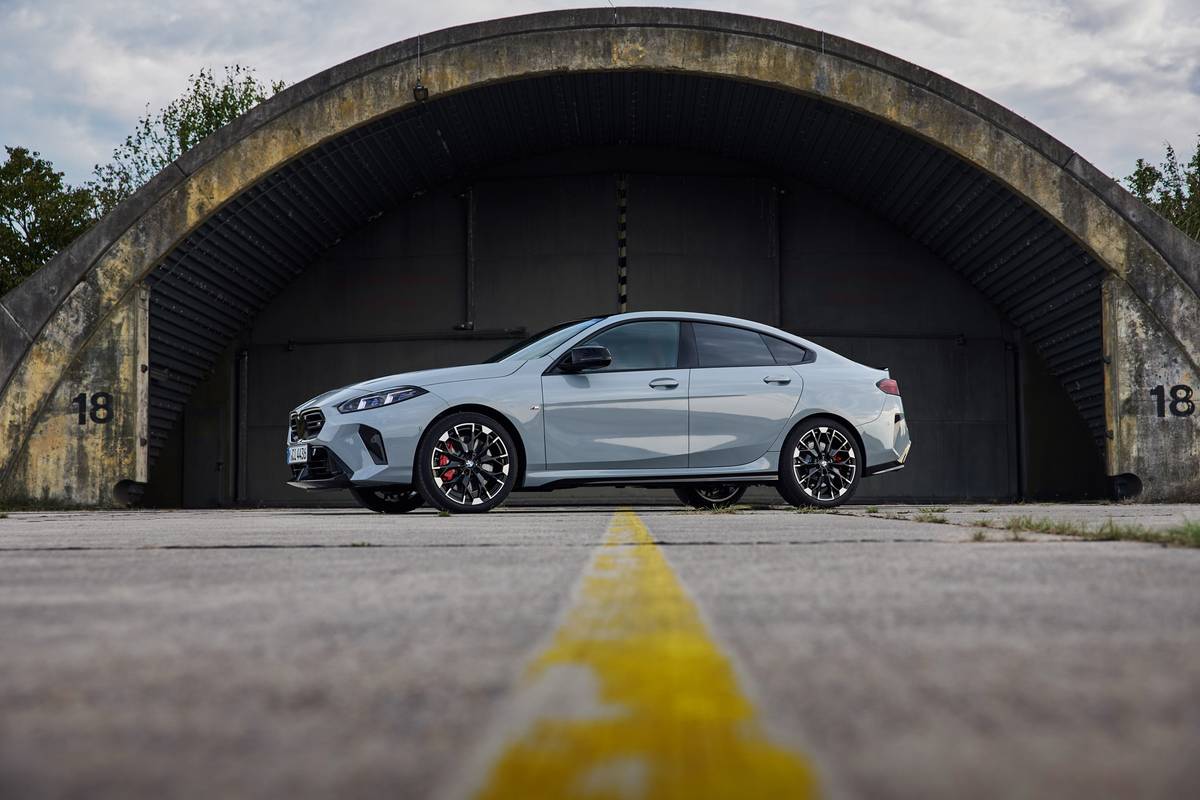The Morning Call and Mcall.com's view
Ah, what’s in a name? Or would a Skylark by any other name sell just as well? Apparently Buick isn’t going to risk its corporate neck by changing the name and finding out. Buick once before dropped the Skylark name but brought it back after confusion by consumers and protests from dealers.
That is why for the 1986 model year, the four-door version of Buick’s two-door Somerset is known as the Skylark. The Somerset, readers may recall, was introduced last fall as a new small, sporty front-wheel drive coupe. (Actually it was called the Somerset Regal, but the Regal part of the name was dropped this year.) This year, the other two General Motor Divisions that brought out a similar models – Oldsmobile and Pontiac – also brought out four-door versions. They simply named it a four-door version of the two-door model. But Buick has a long grip on the Skylark name (it goes back more than three decades) and isn’t about to give it up.
The Skylark is generally known as a smaller Buick. But the name was introduced on a classy-looking, limited-production, full-size convertible in the 1953 model year as a way to recognize Buick’s 50th anniversary. The first Skylark, of which 1,690 were produced on the Roadmaster chassis, is a collector’s model today. And so is the 1954 Skylark, a convertible on the Century chassis, which was even more rare with a total production of 798.
In mid-model year of 1961, the Skylark name was returned as an upscale version of Buick’s new small car, the Special. The name was dropped in 1973 and 1974 when Buick, trying to cash in on the space program, called the model the Apollo. But Skylark returned in 1975. And in the spring of 1979, the 1980-model Skylark went to front-wheel drive. It quickly achieved popularity and for many months demand far exceeded production. The Skylark helped Buick through the severe sales slump of the early 1980s. The model, which reached peak sales of 202,933 in the1981 model year, was Buick’s second most popular model for three years running (the Regal was first). Skylark helped Buick sales strengthen to the point where all-time Buick records were set in the 1983 and 1984 model years. So, why mess with success?
The new Skylark (test car supplied by Kelly Buick, State Road, Emmaus) is as easy to take as the old Skylark. Just jump in it, drive away and, although it does not know the way, let it take you from Point X to Point Y with the minimum of effort, concern or thought. It is just so easy to drive. And, with its rakish windshield, flush-mounted glass and rounded rear corners – all to enhance aerodynamics – it is also an easy car to look at.
The new Skylark has an overall length of 180.1 inches, a wheelbase of 103.4 inches, width of 66.6 inches, height of 52.1 inches and curb weight of 2,551 pounds. The EPA volume index is 104 cubic feet (90 interior and 14 cargo), which makes it a compact. (A compact is rated at 1 00-110 cubic feet.)
The interior has a high level of trim and appointments. One feature that may or may not thrill everybody is the standard electronic instrument cluster. Electronic instruments, like tofu, is sort of an acquired taste and I must admit I am not the biggest fan of either. But I must also admit that electronic instruments are very, very easy to read and understand. (However, I can find no redeeming social, literary or digestive value in tofu.) The instrument cluster includes speedometer, odometer, a multi-function gauge (volts, temperature, oil pressure and tachometer) and fuel level with expandable gauge for the last one-quarter tank. All feature vacuum-fluorescent displays, with readouts converted to metric at the touch of a button. Also, contributing to a more sportier interior is the full-length console, where the shift selector and parking brake are located (and, if so equipped, controls for power windows and mirrors, air conditioning andca sette tape player).
The Skylark is usually thought of as a nice smaller, family-type car that is not particularly noted for performance. The test car, however, apparently didn’t realize this. It was really a zinger. To be sure, it isn’t the fastest car available this year, but the test car certainly surprised everyone who drove it. Just lay that Reebok on the accelerator, hang onto the wheel and make it down the yellow brick road. Responsible for this performance is, of course, the engine. The test vehicle was equipped with the optional 3.0 liter (181-cubic-inch) V-6 with multi-port fuel-injection. This is quite a sophisticated engine that uses fuel injectors mounted on a fuel rail by Bosch. The injectors are fed by a high-pressure electric fuel pump mounted inside the gas tank. The mass air flow sensor, developed by Buick and AC, determines the mass of incoming air and transmits the data to the electronic control module to provide, according to Buick, optimum performance and economy.
The bottom line is that the engine develops 125 horsepower at 4,900 rpm and 150 foot pounds torque at 2,400 rpm. Certainly more than adequate power to move around a 2,500 pound vehicle. With its three-speed automatic transmission – only transmission available with this engine – the test vehicle averaged 18 miles per gallon for city driving and 25 mpg over Lehigh Valley highways.
The Skylark’s standard engine is a 2.5-liter (151-cubic-inch) four-cylinder with electronic fuel injection, which develops 92 horsepower at 4,400 rpm and 134 foot pounds torque at 2,800 rpm. The standard transmission is a five-speed manual and an automatic is available.
The test car had the standard suspension which meant it had a soft ride and average handling. The suspension features MacPherson struts up front and semi-independent trailing crank arms with coil springs in the rear. For those who prefer sports sedan handling, the Skylark is available with a ”Gran Touring” suspension package. So, no complaints in handling – you can have it either way.
Base price on the Skylark Limited sedan is $10,290 and includes a number of standard equipment items. The test car’s total price was $13,257: a destination charge of $370 and options amounting to $2,597, which included air conditioning, $645; V-6, $610; automatic transmission, $465; wire wheel covers, $199; ETR AM-FM stereo radio, $157 (an ETR AM is standard); rear window defogger, $135, and designer’s accent paint, $195.
Latest news



